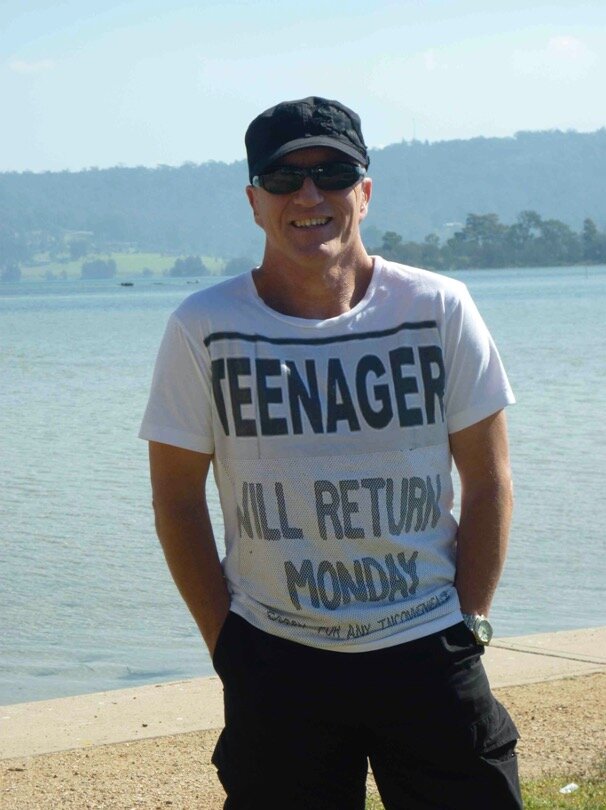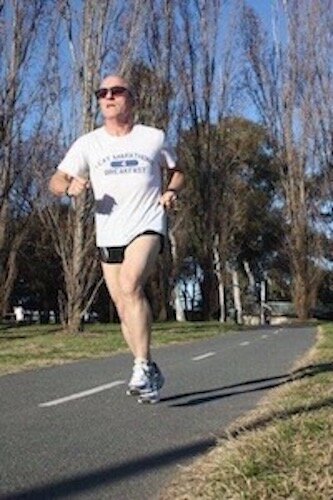
Statement from Allan Johnson
AKA #CardiacMan
Statement from Allan Johnson on the Science, Engineering and Co-design of the AI Powered Digital Human Cardiac Coach
I was always destined to be an engineer. I was fascinated by mechanical things, by structures, by the stars. I also excelled at maths and science right throughout school. But it was a few words of advice from my father that changed how I became an engineer and ultimately shaped how I made my contribution to the Digital Human Cardiac Coach.
His advice came from his own background as a highly skilled tradesman, a Scientific Instrument Maker:

“Engineers who don’t have practical hands on skills are useless. Their designs are difficult to build and are always hard to use. You should find a way to do a trade whilst you are studying to be an engineer.”

This advice led to me taking up an engineering cadetship with Hawker de Havilland Australia where I worked as an apprentice fitter and turner by day and studied engineering at night.
Decades later I used this same approach in my role as Patient Number 1 on the Digital Human Cardiac Coach project, within the “Co-design for AI ©” development framework created by my wife Marie Johnson.
The practical side came from my multiple surgeries, rehabilitations and recoveries in the USA and Australia.
I was not a passive participant during these processes. As an engineer I was deeply curious about what was happening and why. As a business transformation consultant I wanted a clear understanding of the processes involved and how to make them work for me. As a software executive I wanted to use digital tools to accelerate and measure success.
The learning side came from years of online research, building networks into organisations such as the National Heart Foundation of Australia and Heart Support Australia. I completed many courses relevant to rehabilitation and recovery. I qualified as a gym and fitness instructor, Schwinn cycle instructor and body building coach. I completed courses in training for older adults and for women. I became a Certified Rehab Trainer and a Kinetic Link Training Instructor.
I continued to build my professional and practical knowledge by volunteering with The Canberra Hospital on the development of cardiac rehabilitation education and then presenting to rehabilitation participants. I also volunteered with the Heart Foundation on their Ambassador Program where health care professionals were given further training on how to help heart patients. Heart Support Australia trained me in how to emotionally support heart patients and this was reinforced by visiting patients before and after their surgeries.
I lectured to health students at the University of Canberra.
I was also fortunate to have selected Defence Health as my insurer when I joined the military and they subsidised many sessions with psychologists, dieticians and physiotherapists which taught me a great deal about rehabilitation and recovery whilst also assisting me on my own journey. At the beginning of 2019 they kindly paid for me to participate in The Coach Program, a world leading, and peer reviewed program developed in Australia to remotely educate and support heart patients.
Whilst all this was taking place, I was an active member of online heart patient forums around the world. This experience was instrumental in understanding the questions and concerns of thousands of patients, some like me and some totally different. These were instrumental in mapping the through-life conversation patterns and populating the Q&A in the AI corpus for the Digital Human Cardiac Coach.

“Science + Practice” Approach
This “science + practical” approach has worked for me throughout my professional and personal lives. But there is one big difference in how it was applied to the development of the Digital Human Cardiac Coach.
That difference is best introduced by the words of my Seattle USA cardiologist after my first surgery when I explained that I was diligently following the advice of Dr Dean Ornish and his Reversing Heart Disease Program. What my cardiologist said was:
“No patient is disciplined enough to always do what they have to do and everyone, including you, will be back for more surgery within 10 years.”
The absolute fear and despair was visceral.
What emotions did I feel when I heard this?
At that point I could have curled into a ball, done nothing and waited for the inevitable. But I didn’t. I have a stubborn Scottish heritage and was a highly educated former military officer. Surrender wasn’t an option.
So, I started doing what I do best; applying science and practical knowledge to fixing what is broken. Marie and I have both followed the “science + practice” approach throughout our professional lives, searching for common patterns. We both have backgrounds in intelligence functions where “common patterns” is a fundamental concept.
But for the first time in my life the stakes were personally very high. If I couldn’t get this right, I faced a diminished quality of life and maybe even an early death.

Health Illiteracy + Co-Design
But it wasn’t easy. I started the journey totally health illiterate like most heart patients. Overcoming this barrier for all patients has to be a priority.
Throughout the development of the Digital Human Cardiac Coach Marie and I have continued to live the reality of our roles as patient and family/caregiver.
The Digital Human Cardiac Coach is not a talking brochure.
The lived experience as the primary design determinant, is the reason why patients and their caregivers need to be involved throughout co-design, and not in a few short focus groups to “capture requirements”.
This is core to the Human Rights principle of “nothing about me, without me” that Marie relentlessly advocates – and on which “Co-Design for AI ©” is based.
This emotional overlay is not something that can be fabricated in a software start-up accelerator.

Early in my heart journey Marie bought me a massage, something I had never had in my life. When I walked into the treatment room the therapist recognised my pain and during the massage spoke to me about the importance of emotional healing and her final words still resonate with me today.
“When you are ready, a teacher will find you.”
And that is the essence of what we set out to do. To create a teacher, a coach, that can have empathic understandable conversations with patients and their families when and where they need them. Not rationed, and not subject to the staccato nature of interactions with the health system.
I have had many teachers on this journey and their wisdom lives on in the design of the Digital Human Cardiac Coach. Just as they gave freely of their time and understanding we decided to give away everything we have learnt and created so that there is one less barrier for heart patients and their families like us to overcome.

For those interested in my scientific background…
Al has devoted the time since his first surgery in 2006 to understanding his condition and mastering the complex journey that is recovery, rehabilitation and secondary prevention.
As part of this journey he has trained and been certified as a: opersonal trainer with specializations in older adults and female fitness; Schwinn cycle instructor; Rehab Trainer; Kinetic Link Trainer; National Heart Foundation Heartmoves leader; Heart Support Australia inpatient counsellor.
Academic and Professional Experience
BEng (Hons), MBus (Capital Project Management). Al’s masters’ research was into the use of expert systems, the forerunner of today’s AI.
Royal Australian Air Force (RAAF) Aeronautical Engineering Officer with additional roles in occupational health and safety.
Chief Architect for various global software projects including Singapore Defence; Hong Kong EMSD; Orica Explosives USA; Turquoise Ridge Gold USA; Petronas BHD Malaysia; Qatari General Petroleum Corporation Middle East; and New Zealand Defence HR Systems.
Lead architect for various health projects including re-engineering ERP processes and systems for NSW Health and its Area Health Services; the Hong Kong Hospital Authority; and the Royal Children’s Hospital Melbourne.
Al has received various academic and professional awards, including Best Industry Principal for SAP ANZ across all industry sectors.
Technology Advocate and Volunteer
To give back to those who have helped him and to educate others he has, as a volunteer (in addition to many fundraising activities):
Developed patient education materials and presented the consumer perspective to cardiac rehabilitation programs for The Canberra Hospital
Presented the consumer perspective to the annual National Heart Foundation Ambassador Program that trains allied health practitioners in cardiac care
Presenter on cardiac health and the consumer experience to University of Canberra health students studying health in general and on physiotherapy programs,
Presented to various industry bodies including the Pharmaceutical Society of Australia,
Presented on the use of technology, especially the digital human cardiac coach and the Apple health ecosystem, to the CEOs and key executives of the National Heart Foundation and Heart Support Australia.
National Heart Foundation consumer representative on the development of the Australian Government National Action Plan on Heart and Stroke. At the seminal meeting for this plan Al introduced the role of technology including digital humans and the Apple health ecosystem to group members including leading cardiovascular surgeons, the directors of major multi-hospital rehabilitation programs and to the CEOs of various advocacy groups. As a result digital platforms have been recognized in the Plan.Mentored individual heart patients on their own journeys.
Al was recognized for his efforts by Fitness First Australia who named him as a finalist in the Health Category of their New You Awards in 2009, and he has also been recognized in various publications such as REVS (Les Mills organization) and Fitness First magazine.
